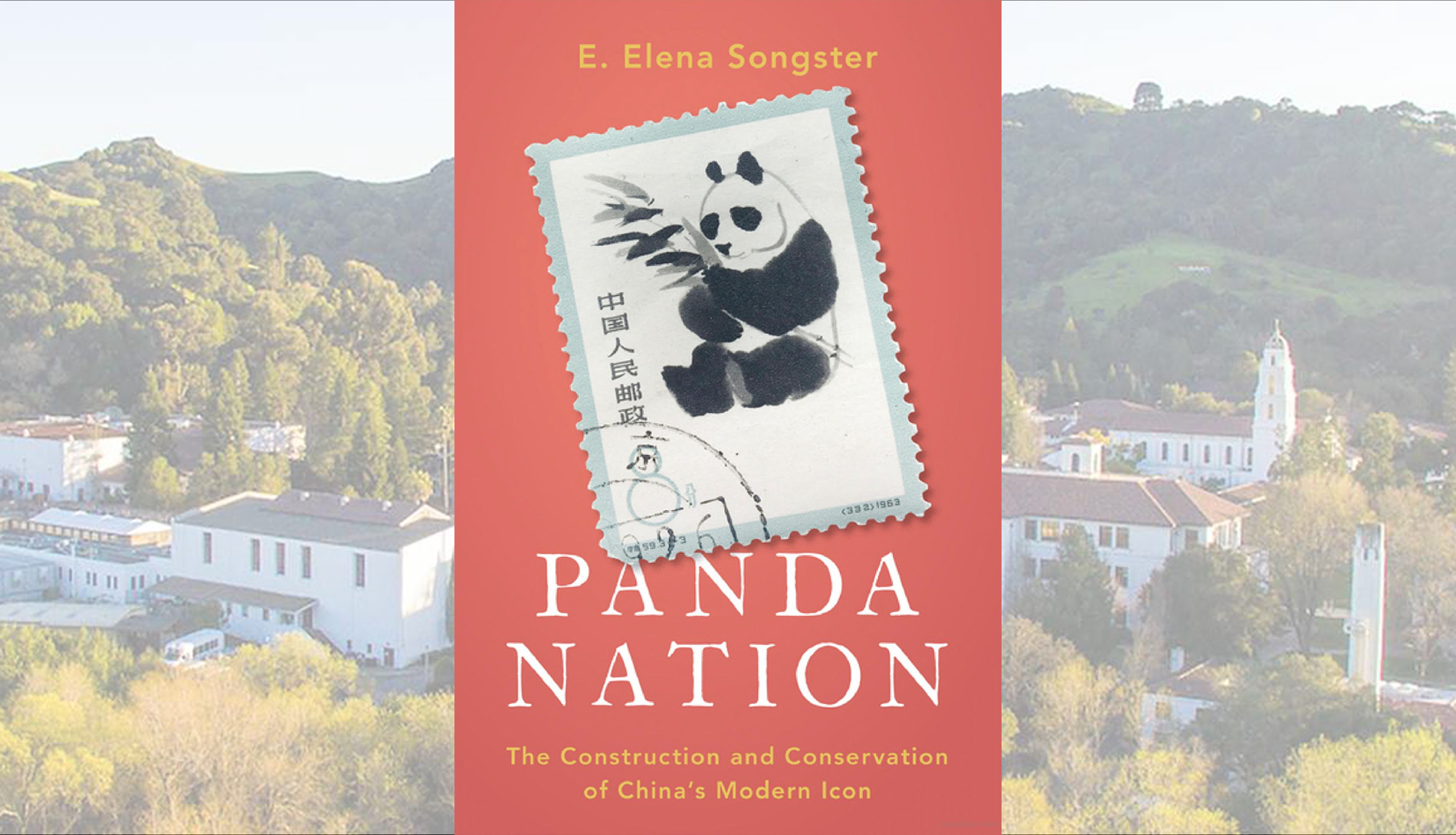
New Book By History Professor E. Elena Songster Examines China's Modern Icon
Panda Nation: The Construction and Conservation of China's Modern Icon
The giant panda has become an internationally beloved creature—and a symbol for the emergence of China on the world scene. In her first book, Panda Nation: The Construction and Conservation of China's Modern Icon, Saint Mary’s Associate Professor of History E. Elena Songster reveals how the big bear and its image became a symbol of the People’s Republic of China. Songster challenges the Chinese government’s assertion that the giant panda was part of ancient Chinese culture and used in diplomacy during the Tang Dynasty. Instead, she details how the animal’s symbolic meaningfulness is relatively new.
Songster examines local, provincial, and national information drawn from Chinese and English language sources to trace the history of the panda as part of China’s culture and landscape. In addition, she offers a rare look at the Baima people, who live alongside the giant panda habitat. Finally, Songster points to the complexity of the use of the panda as a symbol that sometimes simultaneously represents conflicting interests and concerns.
Songster's academic research focuses on the environmental history of modern China. She is currently researching medicinals found in nature through an historical lens. Other research projects include the history of snow leopard conservation and forestry history.
Her teaching includes classes on Chinese History, Japanese History, Asian History, and World History. She has also taught in the Collegiate Seminar Program, and Jan Term and serves on the Advisory Board for SMC’s Global and Regional Studies Program.